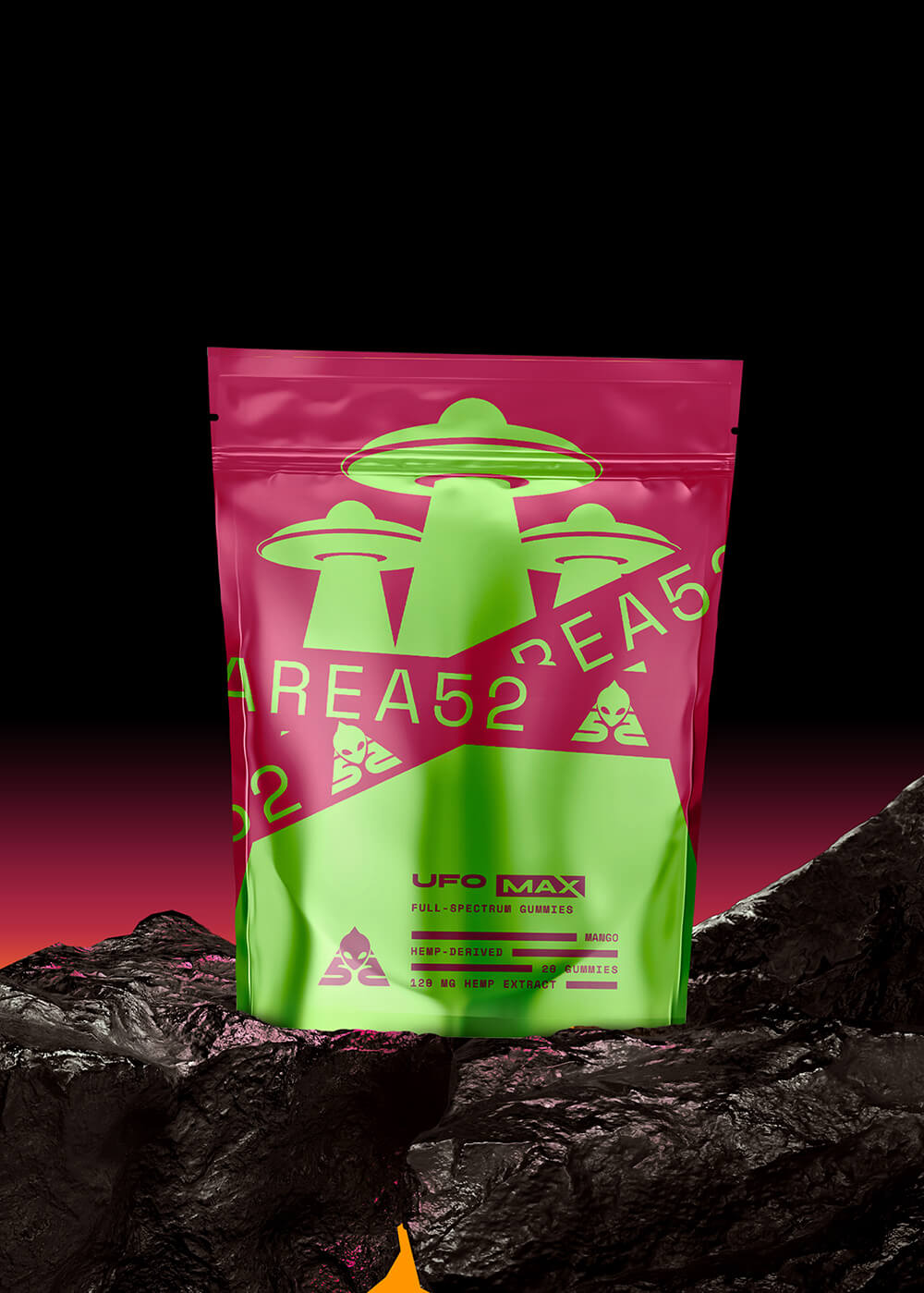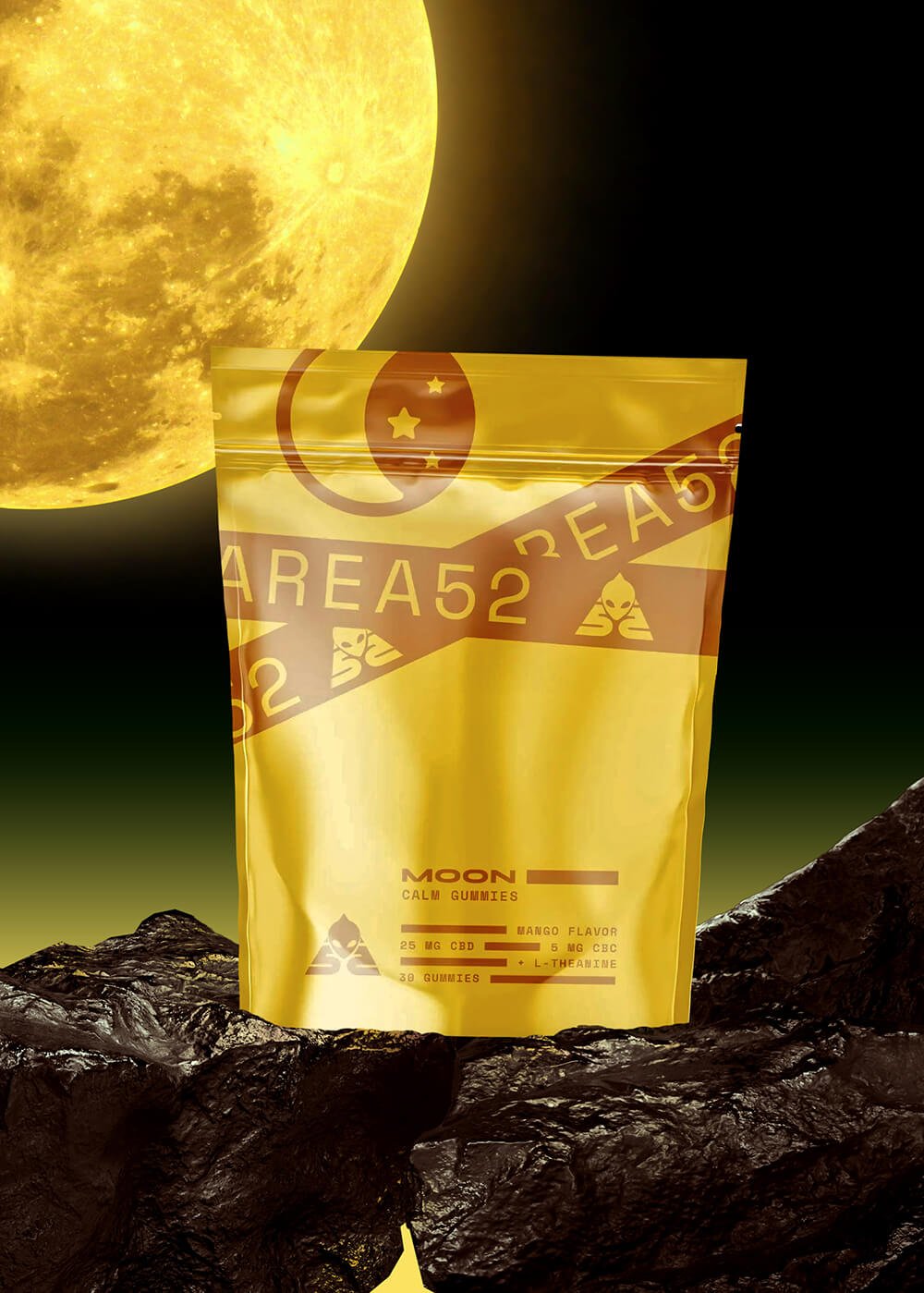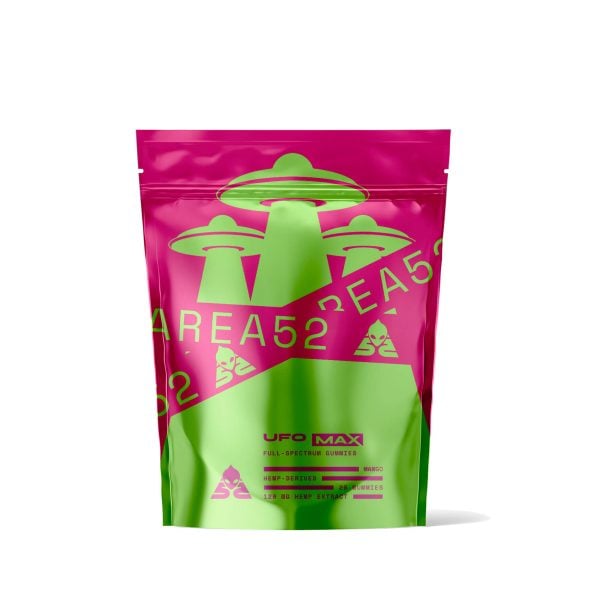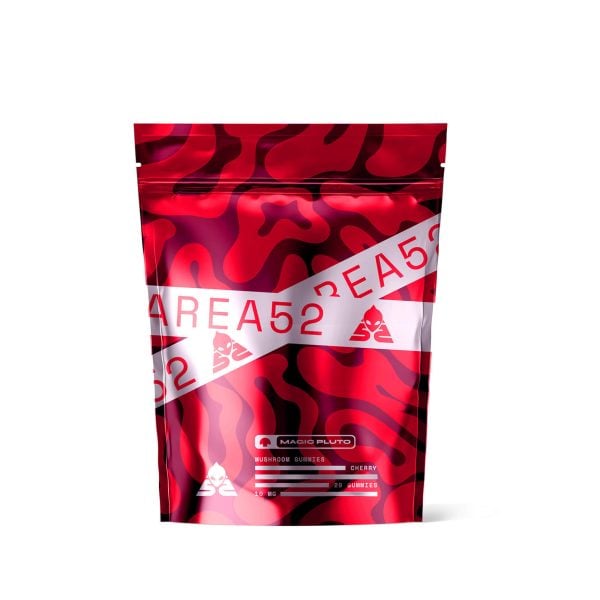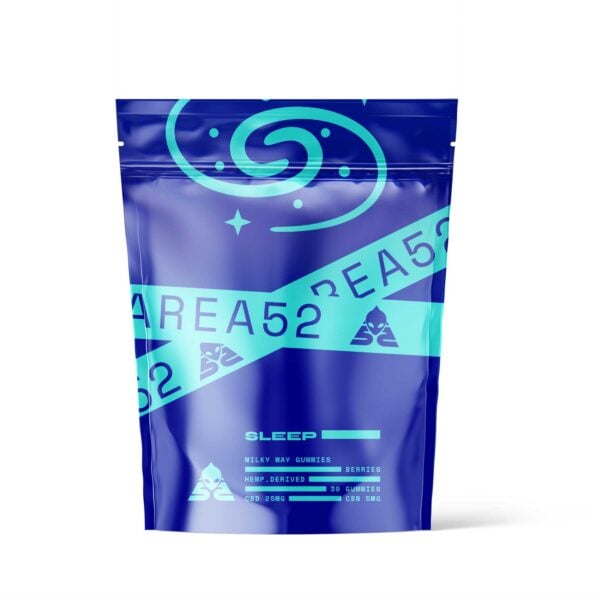Spliff vs. Joint vs Blunt: What’s the Difference?

New to cannabis and smoking weed? You probably want to learn the terminology, especially the difference between spliffs, blunts, joints, and the like.
To help you understand the differences, we’ll break down the similarities, advantages, and disadvantages of joints (just cannabis) and spliffs (tobacco leaf and cannabis).
Plus, you’ll find tips on how to roll spliffs and joints and what to expect in terms of effects.
What is a Joint?
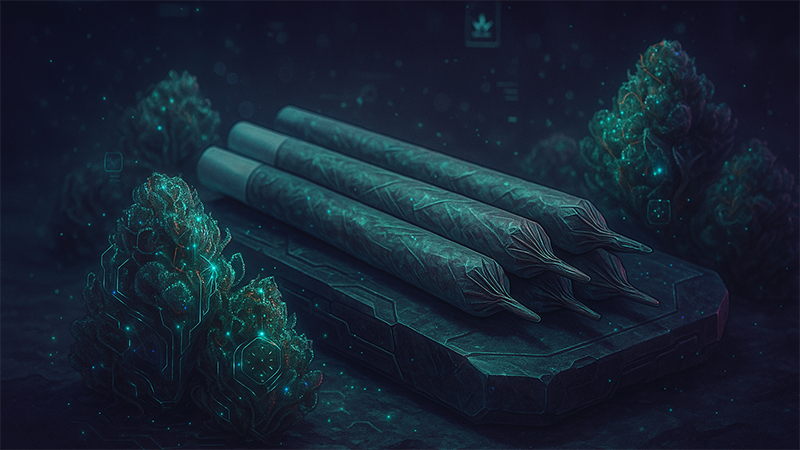
A joint is classic marijuana or cannabis rolled with cigarette paper. It contains only cannabis and has no additives, so you can adjust the inside content to your needs. Many people, when smoking marijuana, like to add kief or concentrate to their pre-rolls and some prefer to use hemp flowers instead.
Joints are the most popular form of roll in the U.S. They’re portable, and you can spark them up anywhere you’re allowed (which pretty much means at home). A joint is typically the size of a cigarette.
What Is a Joint Made Out Of
A joint is a simple roll made up of a few elements:
1. Cannabis: Hemp or Marijuana, Your Choice
Joints are rolled exclusively with ground hemp or marijuana buds — hopefully, top-shelf. You can choose any strain or add several to the mix and roll them up yourself (if you have the experience to make them compact).
If you’re a beginner, you can buy a machine or try to do it by hand, but don’t expect to get it right the first time. However, practice makes perfect, so keep trying.
2. Rolling paper
The second element of a joint is the rolling paper, also known as “blank,” “cigarette paper,” or “joint paper.” This paper is typically very thin and can be made of wood pulp, rice straw, flax, or hemp.
Most rolling papers are made from plant fibers instead of wood fibers because they tend to burn slower, which is more convenient for smoking cannabis.
Once the fibers are extracted from the plant, they are pressed and processed into paper. Then, they are “perfected” with chemicals like calcium carbonate, bleach, and dyes, which influence the paper’s color, flavor, and burn rate.
Rolling paper comes in different thicknesses and dimensions. It can be thin, ultra-thin, big, small, medium, wide, and king-size. Generally, you’ll find it between 70 to 110 mm long.
Traditional rolling paper is a white or light tan, but modern ones can come in different colors, such as gold, polka dots, and clear. It also comes in distinct flavors that enhance a strain’s piquancy, such as blueberry, grape, pineapple, and many others.
3. Crutch (optional)
Known as a “joint tip,” “filter,” and “mouthpiece,” a crutch is typically an optional component when smoking joints. It’s placed at the drawing end of the roll to add stability and prevent burns, so you can smoke the joint to the end. A crutch can be made from paper, wood, glass, and ceramic — it’s different from a cotton cigarette filter.
Filter and crutch are used interchangeably because both refer to the thick piece of paper placed at the end of the roll.
But, a crutch can come from different materials, and its role is to prevent the user from inhaling cannabis plant material as well as prevent burns.
A filter’s job is to filter smoke, making it unsuitable for pre-rolls because it may filter some THC in your marijuana. The popular opinion of smokers is that cigarette filters are overkill, unnecessary, and even reduce the herb’s potency.
What Is a Spliff?
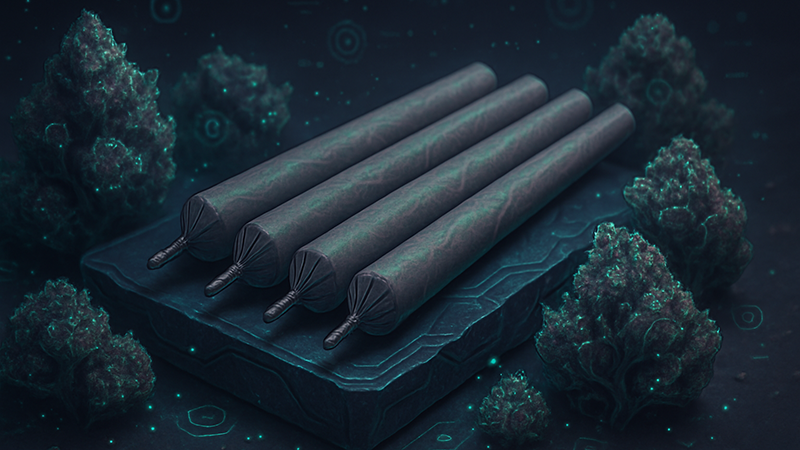
A spliff looks exactly like a joint, but the inside content is different because it also contains tobacco. A spliff’s size and shape are very similar to a hand-rolled cigarette.
Spliffs are typically prepared when there’s a shortage of quality marijuana, and the user wants the stash to last longer. Many people like the taste of smoking tobacco mixed with cannabis, but this combo is often used to mask the flavor of poor-quality weed.
What Makes up a Spliff
A spliff is made up of these few components:
1. Cannabis & Tobacco
Spliffs are a combination of marijuana and tobacco; most don’t feature more than 50% tobacco, but users can adjust the marijuana/tobacco ratio to their preferences.
2 . Rolling paper
On the outside, a spliff looks very similar to a joint. They’re rolled in the same cigarette paper or rolling paper used for joints. It’s just the contents that separate the two, so you cannot tell a spliff from a joint on the first look.
As mentioned, the rolling paper has a typical white or light tan color, but the market is expanding, and there can be some fancy color schemes to choose from.
The size of the spliff is directly correlated to the rolling paper, so most are about three inches long. Some are thinner than a typical joint, but most are around the same thickness.
Unless the rolling paper is clear and you can see the tobacco, it can be hard to distinguish between a joint and a spliff.
Choosing the right paper is important to your smoking experience. In general, thick papers tend to burn slower than thinner ones and may interfere with flavor because you may taste the paper more.
3. Crutch (optional)
The crutch is also an optional component of a spliff. This addition is made from a sturdy piece of paper or glass, wood, silicone, and ceramic. Regarding the crutch vs. filter debate, things are a bit different with spliffs.
A filter is the thick piece of cotton placed at the end of a cigarette that filters the smoke from impurities. While most users don’t like using filters on joints, they may use them on spliffs because they contain tobacco.
Joint vs. Spliff: Comparing the Flavor
They may look the same, but joints and spliffs have a completely different flavor.
A joint is pure cannabis, which allows you to experience the unadulterated and original flavor and smell of the strain inside. You can even add rosin to your joints. If the rolling paper is flavorless, you will taste the strain in its fullness.
A spliff is mixed with tobacco and likely smells and tastes more like a cigarette than a joint.
The flavor of a spliff is quite similar to a blunt because a blunt is rolled into a cigar. But, because they’re richer in tobacco, spliffs give a more of an uplifting buzz.
Pros & Cons of a Joint
A joint has an array of benefits, which we’ll look at next.
Pros:
- Ease of preparation. Once you get into it, they’re relatively easy to roll (with or without a crutch) — incredibly convenient when you’re in a rush and need a quick puff.
- They’re small in size, making them easy to store and transport; you can stash a bunch in a cigarette box.
- They can be easily personalized, so if you’re looking for an extra kick, sprinkle some kief or other concentrates on it without spoiling the original flavor. A joint is a solid choice if you want a clean experience, especially when you use your favorite strain.
Cons:
There are some negatives, too. Here are a few.
- Joints burn quickly, which can take away from the enjoyment.
- Joints don’t burn evenly. If rolled too loose or too tight, you might have to relight it often.
Pros & Cons of a Spliff
Next, we’ll look at the benefits and disadvantages of spliffs, though these are similar to joints.
Pros:
See if the pros outweigh the cons for you.
- Spliffs burn more slowly and evenly than joints, offering a much smoother experience without interruptions. The tobacco provides consistency and reduces the likelihood of burns.
- Spliffs are more discreet — the tobacco masks the smell of the weed.
- Spliffs offer a unique feeling that joints don’t. The nicotine in tobacco combined with the THC that is in marijuana provides an additional buzz. But, if you’re looking for a stronger high, choose joints over spliffs. Joints contain higher levels of cannabis and don’t give you as energetic a high as spliffs do. Joints are your go-to if you prefer to mellow out or seek a more potent psychotropic experience.
Cons:
The biggest negative to spliffs is often enough to turn people off from — or prefer them.
- Spliffs contain nicotine, a known carcinogen.
- Studies also show that users who combine cannabis and tobacco are more likely to become dependent.[1]
How to Roll the Perfect Joint
We won’t say it’ll be easy unless you’re a natural and get it right off the bat. But — it’s tricky, not impossible, so here’s how to do it:
- Grind your weed without turning it into powder.
- Prepare a crutch or a rolling filter, so the joint doesn’t get saggy. You can do this by taking a small piece of cardboard and rolling it into a tube.
- Place the crutch at the end of the rolling paper or its glue strip.
- Tap the ground cannabis on the rolling paper in a line. Leave about half an inch of paper on the opposite end of the filter so you can properly close it.
- Roll it tightly, but not too tightly. Try to keep the filter in position while doing this.
- Twist the far end to keep everything in.
- Bonus: add kief, wax, or oil to the cannabis before wrapping it for a hefty kick.
How to Roll a Spliff
Rolling a spliff is the same as rolling a joint. In addition to grinding the cannabis, you’ll also have to grind the tobacco.
When you’re rolling your spliff, you can choose the ratio of tobacco and cannabis. Maybe you want a little tobacco and lots of cannabis, or a little cannabis with lots of tobacco, or a 50:50 ratio of each.
Instead of a crutch, you can use a filter at the end (because of nicotine) to keep the spliff tight. You can still add kief, wax, or oil into the mix and call it a spliff.
Joint vs. Spliff: Which to Choose?
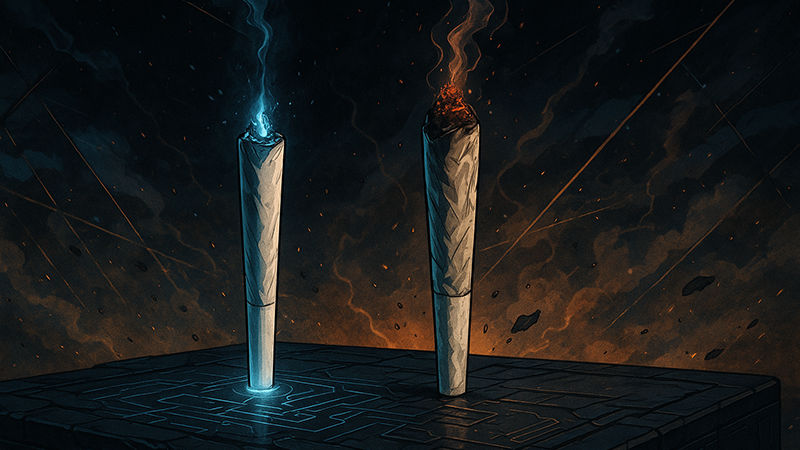
Truth be told, neither option is inherently “better” than the other — it all comes down to personal preference.
The great thing about joints is that they are pure cannabis, so you don’t have to worry about nicotine. But spliffs offer a unique, energetic feel that you can’t get with a joint.
The best thing is to purchase a top-shelf, pre-rolled version of each, then try them and see which you prefer.
FAQs on Joints, Blunts, and Spliffs
Want to know more about the difference between joints, blunts, and spliffs in cannabis consumption as well as some of their effects? Then check out the short list of commonly asked questions below.
1. What is the Difference Between Blunts and Spliffs?
A blunt is an empty cigar tube filled with ground cannabis flower, while a spliff is tobacco mixed with cannabis inside a rolling paper.
2. Why Do People Call Joints Blunts?
The term blunt came from a cigar brand called Phillies Blunt, and the practice of using a cigar or blunt wrap to consume cannabis dates back to the 19th century in the Caribbean. People emptied cigar tubes and packed them with marijuana or rolled cannabis in tobacco wrap or leaves.
3. What’s the Point of Smoking a Spliff?
Spliff smokers enjoy this method because the combined effects of tobacco and weed give them a more energetic, head high. They can also easily control the ratio, adding tobacco and marijuana depending on their preferences.
4. Which Smoking is Less Harmful?
All forms of smoking are harmful and carry health risks or health concerns. The combustion of materials produces harmful byproducts like tar and carbon monoxide which are found in cigar, cigarette, or marijuana smoke. However, if you’re after less harmful smoking methods, choose those that have filters. The filter can, at least, filter out some of the toxic byproducts.
5. Is It Better to Smoke Blunts or Joints?
It depends on one’s preferences. If you want a pure marijuana experience, choose joints for a 100% cannabis high. But if you want a more intense buzz with a unique flavor, then try blunts. Do note though that you can easily control the ratio of cannabis tobacco mix in a blunt, which can affect the overall experience. Just make sure that you evenly distribute the contents so they burn uniformly.
